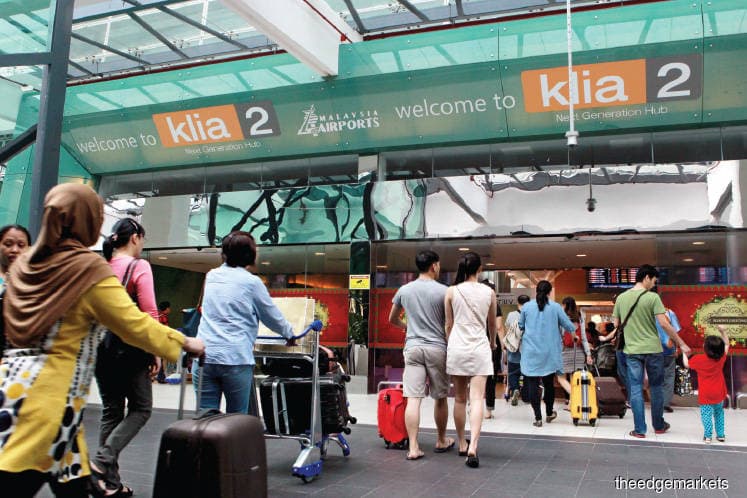
This article first appeared in The Edge Financial Daily on November 1, 2019
KUALA LUMPUR: The Malaysian Aviation Commission (Mavcom) said the government’s intention of having different passenger service charge (PSC) rates at the Kuala Lumpur International Airport (KLIA) and Kuala Lumpur International Airport 2 (klia2) poses a major hurdle for the implementation of the regulated asset base (RAB) framework.
An analyst who attended a briefing by the regulator yesterday told The Edge Financial Daily that the government had agreed with most of the details of the RAB, except for the equal PSC rates to be charged by both airports.
The government does not intend to subsidise the rates for klia2, according to Mavcom, with the regulator saying that it will negotiate with the government on the matter, making it clear that it strongly prefers equal rates at KLIA and klia2.
“The only way to have different PSC rates by law is for the government to table it to the Cabinet and make it a government policy. Mavcom can then act accordingly to impose different PSCs at the airports,” said the analyst.
Recall that Mavcom had introduced the RM73 PSC for international departures to non-Asean destinations in 2018.
However, Transport Minister Anthony Loke in August this year announced a cut in the PSC to RM50 for international travellers flying beyond Asean from klia2 and other airports except for KLIA.
The minister also said the cut in the PSC was “not temporary” because the Cabinet had decided on the matter.
Despite the PSC hurdle, Mavcom gave an assurance that it will push ahead with the implementation on Jan 1, 2020.
In fact, Malaysia Airports Holdings Bhd’s (MAHB) share price was hammered after Loke’s comment that the government is looking for alternatives besides the RAB.
The commission also said the new operating agreements (OAs) between the government and MAHB, which will extend the airport operator’s tenure to run KLIA, klia2 and 38 other airports in the country by another 35 years to Feb 11, 2069, will not affect the deadline, according to another analyst.
The analyst said Mavcom will assume the current OAs in its implementation of the RAB and will adjust accordingly for new fees once the new OAs are signed.
On the price cap model, which allows MAHB to collect any excess revenue from the PSC and aircraft landing and parking fees, Mavcom has set a cap of RM43.50.
Besides that, Mavcom had opted for a lower capital expenditure (capex) allocation for MAHB of RM4 billion for the 2020-2022 period to make execution more feasible, versus the previous RM5 billion proposed by the regulator.
On the other hand, MAHB had previously proposed a RM10 billion capex allocation for the period.
Despite the regulator’s progress in ironing out the details of the RAB, it is still unclear where the government stands on the implementation, given that Loke in mid-October told an investors’ forum that the ministry of transport was already looking at alternative models for the future development of airports.
He also said the government is considering the restructuring of the aviation sector’s regulatory bodies, currently comprising Mavcom and the Civil Aviation Authority of Malaysia.